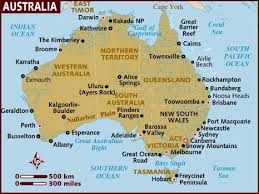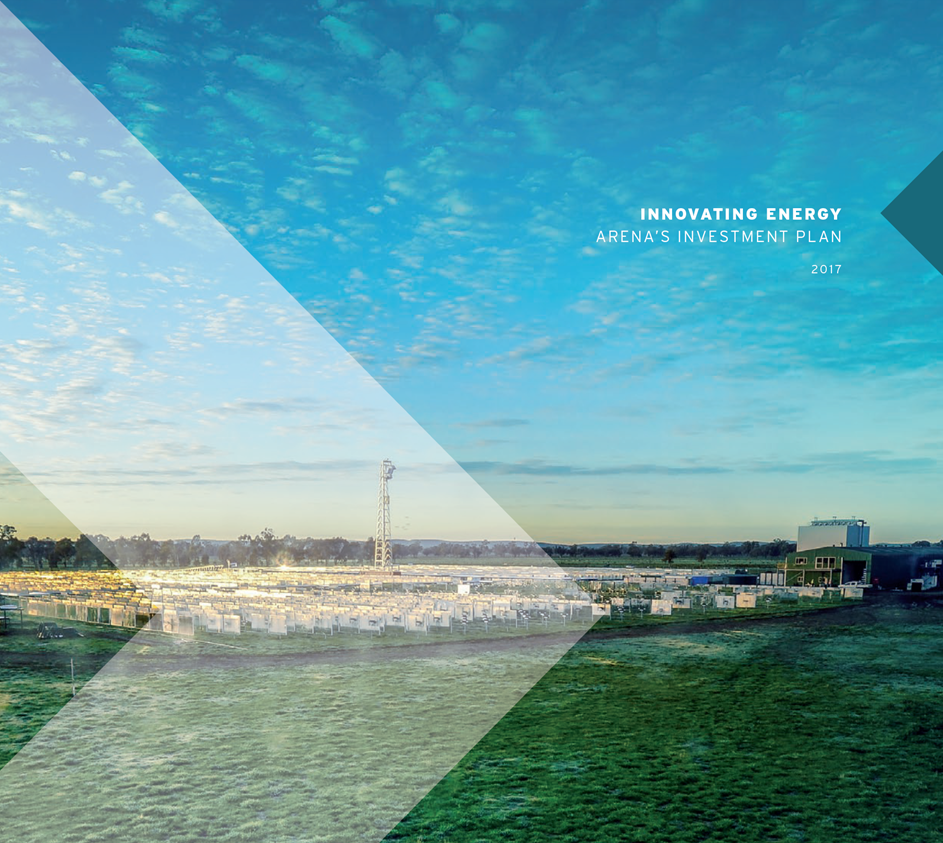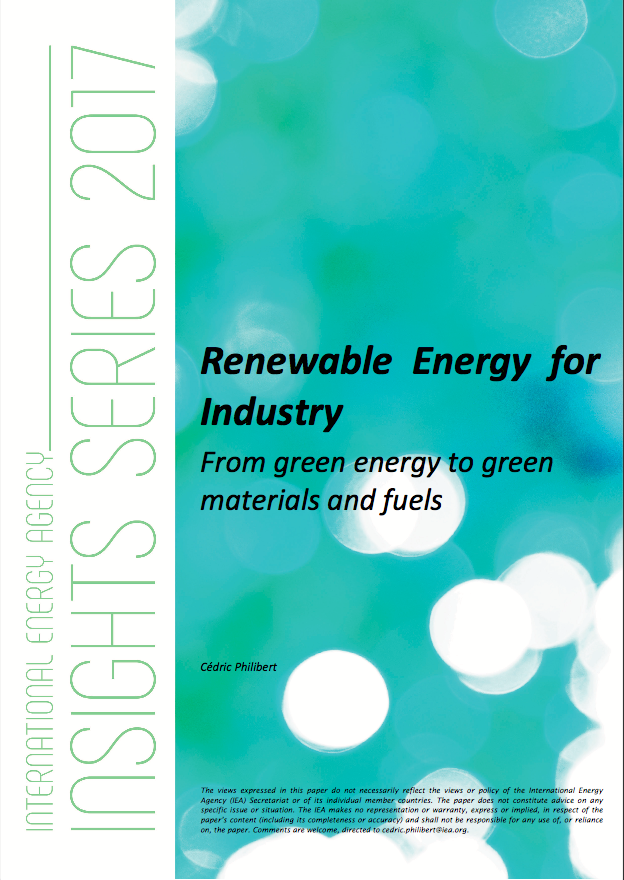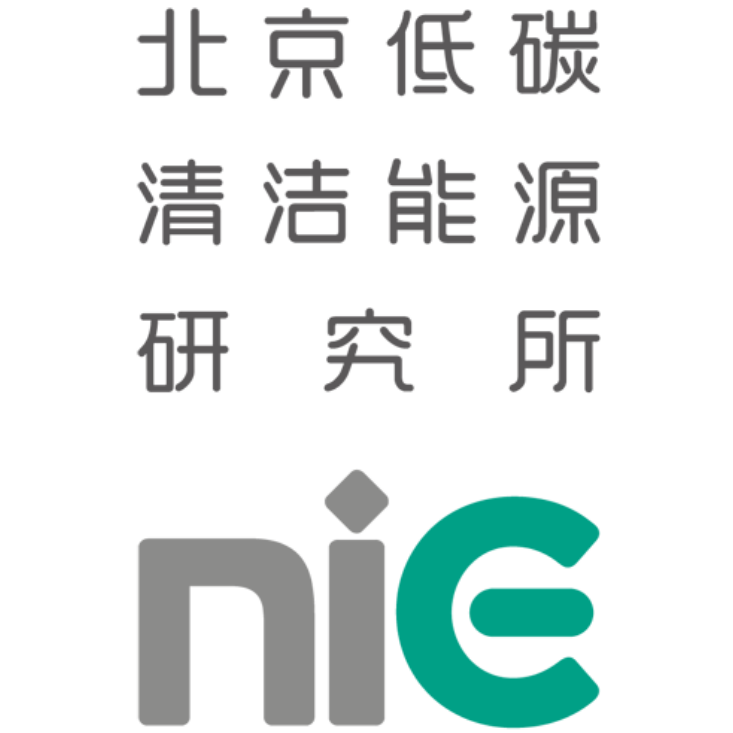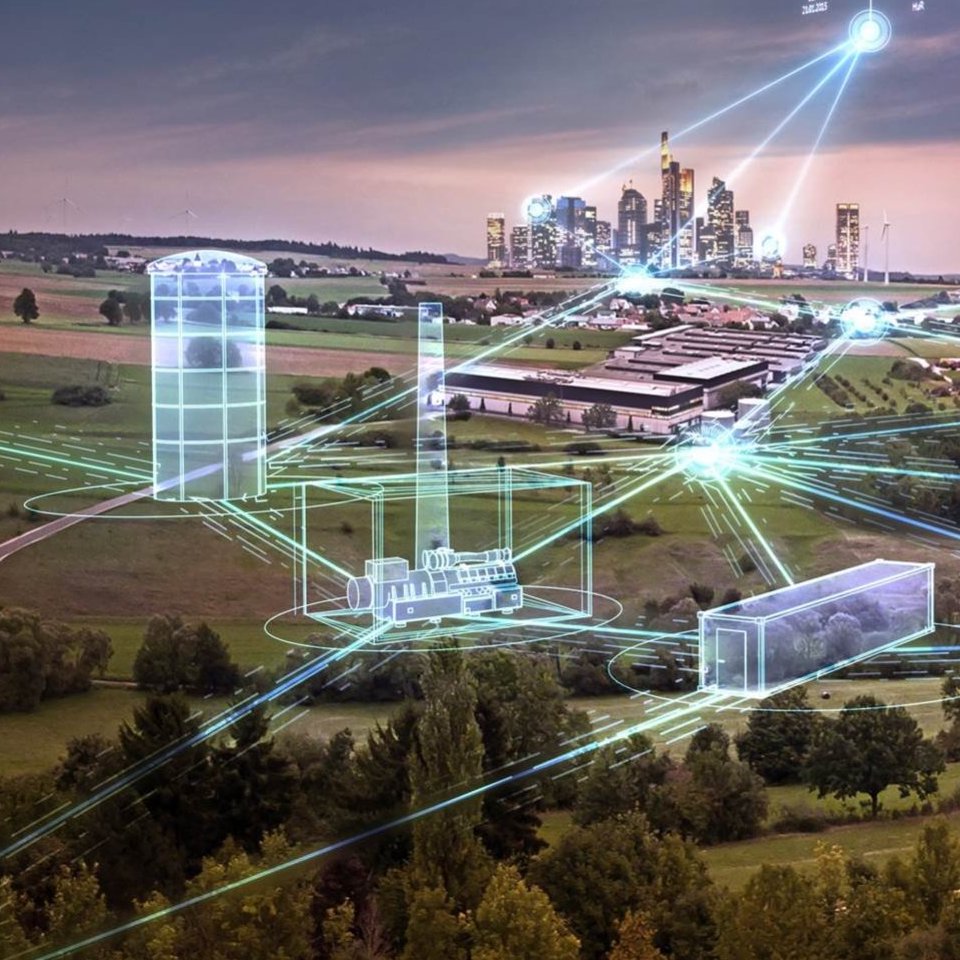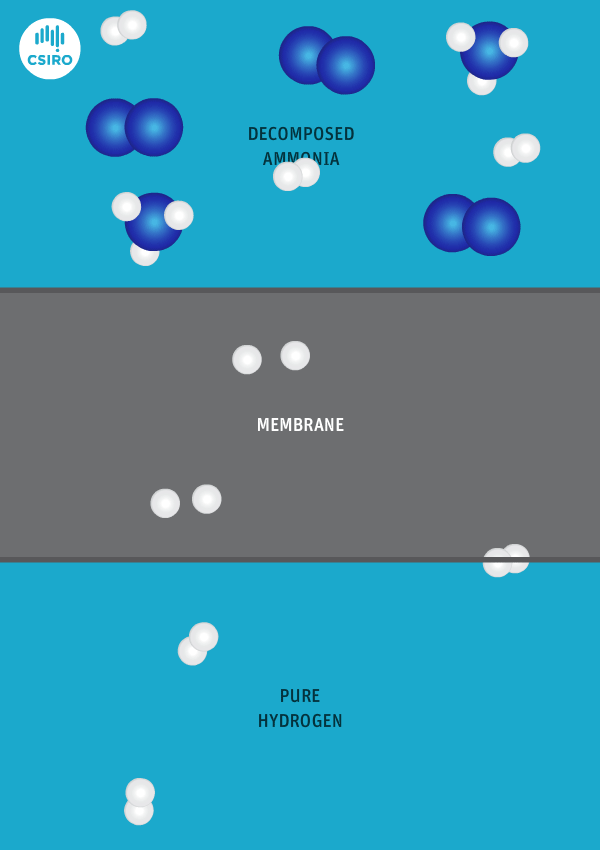Australia's Woodside Petroleum Considers Ammonia as a Hydrogen Carrier
At last week’s Australian Petroleum Production and Exploration Association Conference, Woodside Petroleum’s chief executive officer Peter Coleman spoke about the “huge” opportunity in hydrogen energy that will develop for the company over the next 10-15 years. Coleman sees the Japanese market for hydrogen as a promising destination for Woodside’s substantial reserves of natural gas, and indicated the company is evaluating alternative methods of hydrogen transport including as liquid H2, a liquid organic hydride, and ammonia.
